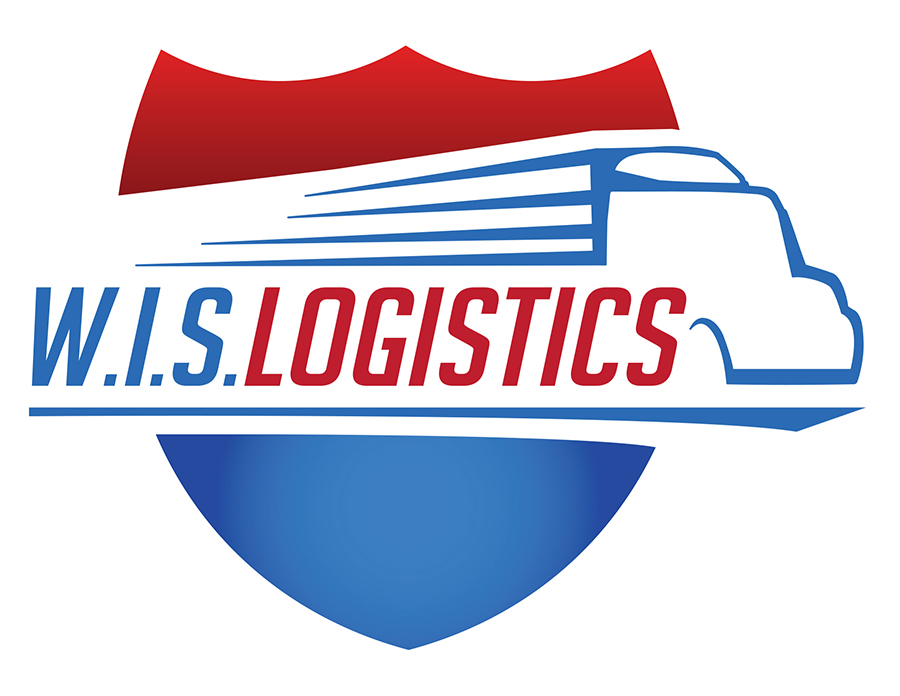As OTR (Over-the-Road) transport becomes more challenging in the stressed supply chain due to labor shortages, gas increases and new government restrictions, more organizations have been turning to intermodal shipping. Intermodal shipping has a multitude of benefits that make this method not only underused, but also underrated. Here are the top 3 benefits of using intermodal transport for your freight:
- Cost: Shippers can see lower rates and predictable pricing as handling costs decrease due to the lack of constantly loading and unloading goods. Additionally, it cuts costs in fuel because it requires less fuel compared to shipping OTR. These cost savings increase significantly when freight is travelling a long geographical distance.
- Safety: Your freight is handled less often, therefore there is a lower rate of error. Intermodal is the preferred transportation for shipping hazardous goods, as the probability of accidents is significantly lower than OTR shipping. Railroads are also more secure, decreasing the chance of theft. Additionally, there is the ability to standardize the transport times and even streamline your reverse logistics.
- Sustainability: Companies can greatly reduce their carbon footprint as trains typically emit around 5.4 pounds of carbon dioxide per 100 ton-miles, compared to the nearly 20 pounds emitted from trucks. One freight train can move the equivalent to about 280 trucks which means it is nearly four times more efficient than OTR shipping.
While the use of trucks is still incorporated in the intermodal shipping process and remains a key part of logistics, it is possible that intermodal may be the right fit for you. That’s why having an expert at W.I.S. Logistics evaluate your shipping and freight needs is crucial. If you’re considering the intermodal shipping option, contact us today to learn which method best fits your needs.
